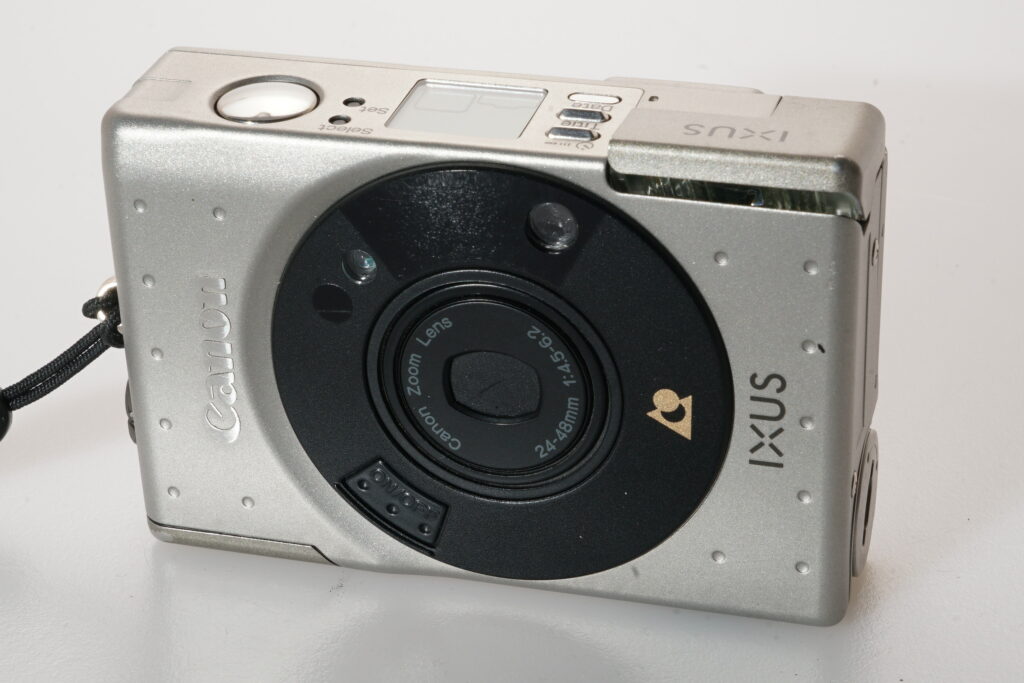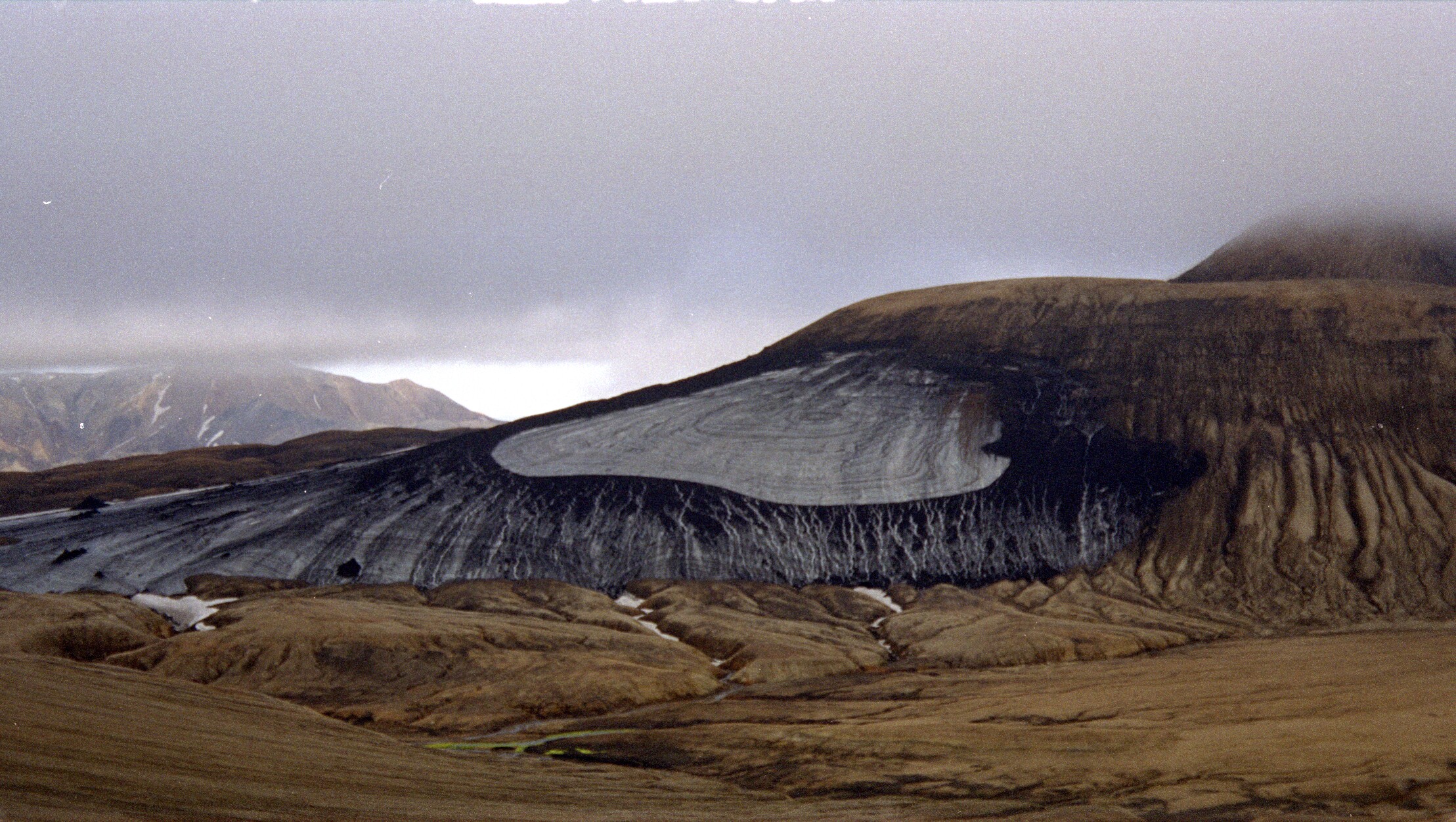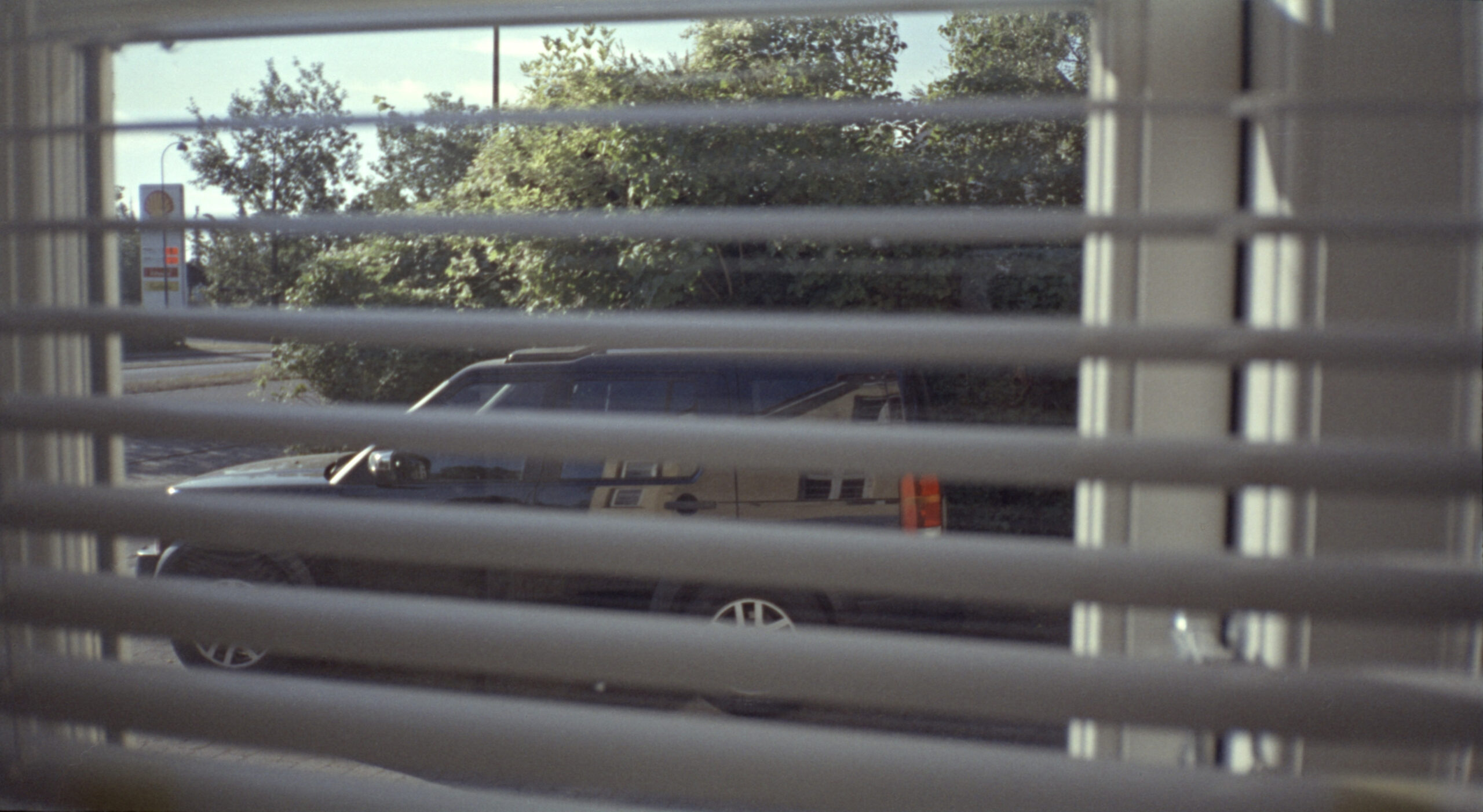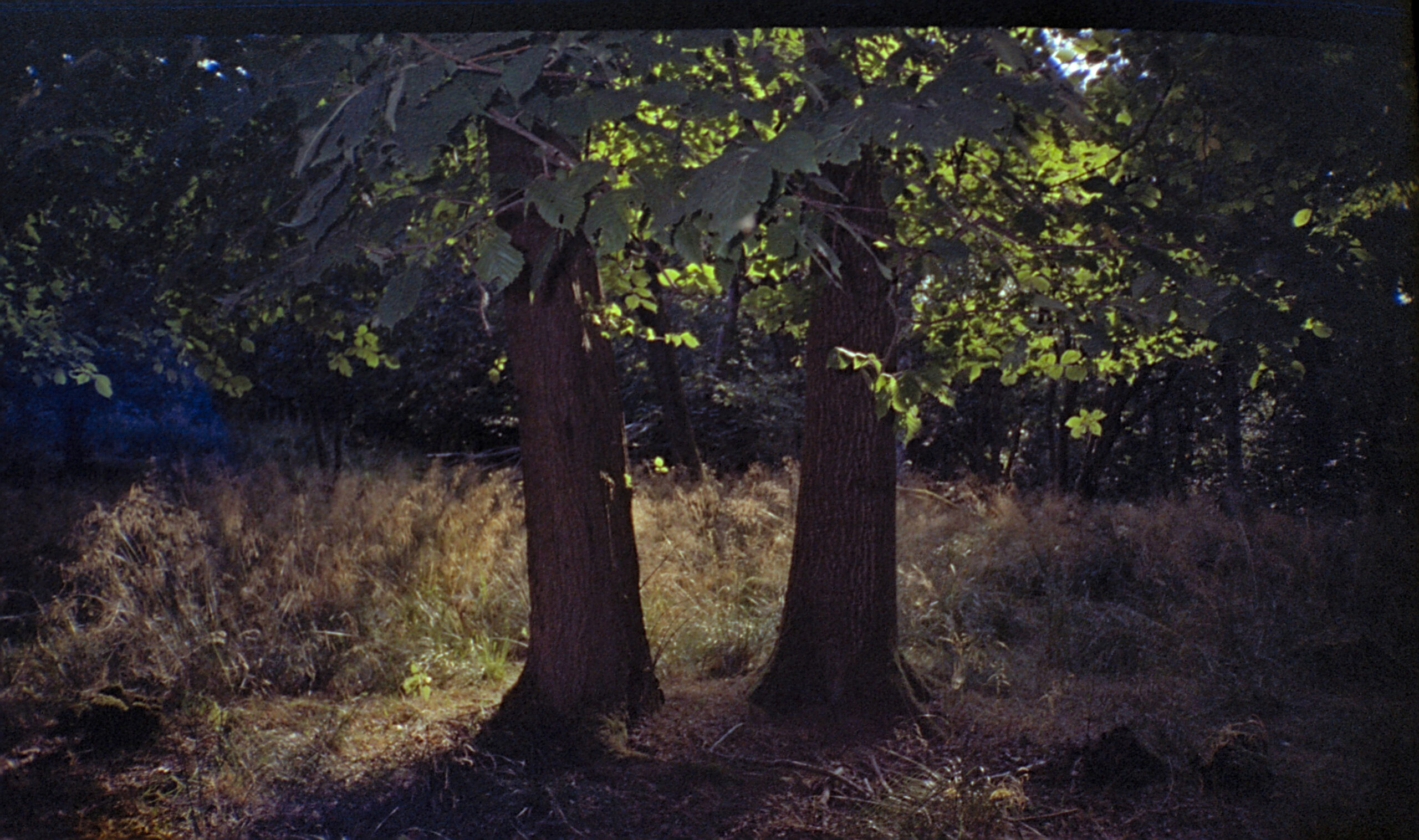According to Wikipedia “Advanced Photo System (APS) is a discontinued film for still photography first produced in 1996. It was marketed by Eastman Kodak under the brand name Advantix, by Fujifilm under the name Nexia, by Agfa under the name Futura and by Konica as Centuria.”
By why is that a theme for me?

First a little history from my younger days, when my middle daughter in 2005 went for a trip to Iceland with her group of scouts, and she didn’t own a camera. I had bought a Canon IXUS APS for cheap on a trip to Japan, and thought that this very compact camera she wouldn’t mind carrying on the trek she was to undertake. She took two films of 25 pictures, and I had them developed, scanned, and made prints from a photo lab.
I was quite underwhelmed by the quality of the images, I guess I expected too much from this tiny film format, but my daughter was happy to have some documentation from the awesome trek through the volcanic areas. Soon after I ventured further into digital photography, and completely forgot about APS and film. Nevertheless, I bought a Canon film scanner in order to start digitizing the huge amount of analog images that I had shot through the years. The scanner actually could scan APS film directly from the film canister, that it stays inside even after development, and one day not that long ago I got to scan the only two films that I had in this format, my daughters two film. The scans came out quite well, and got a bit excited cause this was unexpected.

But once again, I forgot about it until very lately when I bought a box of old cameras containing among others a couple of APS cameras and even some expired film. As I had started shooting a lot of analog film again, I was quite keen to try these cameras and film, and thus I got to shoot this format, that I so quickly had discarded more than 10 years before.
Having shot half-frame cameras, that uses half the size of the normal 35mm frame for its images, and feeling very content with the results, the APS format was actually larger, thus giving a better resolution for the final images. Though, there is one backside, you can only shoot expired film. The last two producers, Kodak and Fujifilm, both stopped their production in 2011. Actually, that wasn’t any challenge for me, I had already shot more than 30 years expired film, and gotten decent or at least interesting results. Though, there was another challenge, as I could find nowhere near to get the images developed. Yes I could send them to UK, but posting, return posting, and development would set me down much more that the original cost of the film.
Once again a solution was found, somewhere on the internet I found a description of how to get the film out of its canister, and furthermore I found a development tank, that was so adaptable that it could take any small format film from 16mm cine film up to 35mm. The APS film is 24mm wide, and fitted nicely in the development tank. The next challenge I haven’t solved yet, that is getting the film back into the canister with acknowledgement from my scanner, that it can actually recognize the film. So far I have only scanned the image in a 35mm holder, not exactly ideal for getting optimal results.
I guess this doesn’t completely explain why APS is a theme for me. I always have liked to test different cameras, and when I received a box of more than 10 fully functioning APS cameras and a huge load of APS film, it was clear to me, that I had to do much more APS film and camera work. Thus, I had theme for part of my p hotography: Telling stories with APS cameras, and getting the most interesting results from the tiny film format.


An interesting point when using APS cameras and film is the three different formats among which is a panoramic format, which got me further into APS as I was doing a panoramic project and a book on panoramic photography. The three formats:
- H for “High Definition” (30.2 × 16.7 mm; aspect ratio 16:9) giving a 1.25 crop compared to 36x24mm full frame
- C for “Classic” (25.1 × 16.7 mm; aspect ratio 3:2 just like 24×36) giving a 1.44 crop compared to 36x24mm full frame
- P for “Panoramic” (30.2 × 9.5 mm; aspect ratio 3:1) giving a 1.36 crop compared to 36x24mm full frame
I will exploit this format further in the coming time with the intent of publishing a book on the APS format, and using it today – taking into account that film at some point will not be available any more.